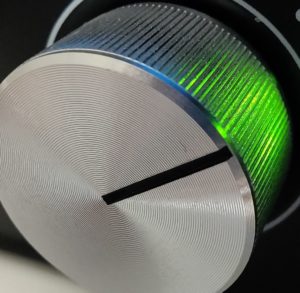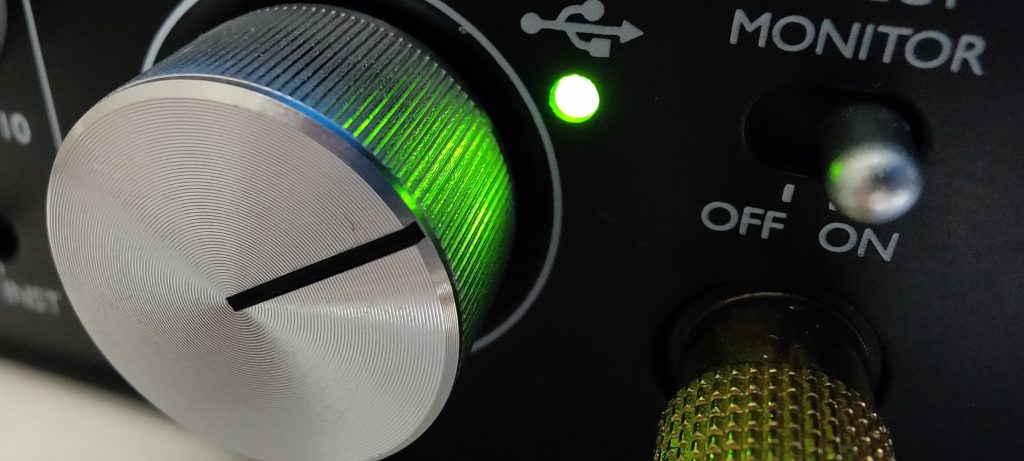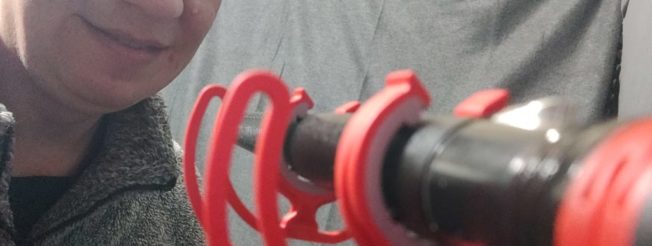
Don’t shoot yourself in the foot with content creation (3 helpful tips)
If the work you do has a target in the world of audio engineering or production, this one is for you.
In the era of social networks, it is drilled into us that we must become content creators on some level. Demo videos, tutorials, product hype and launch videos. We are pushed to spend more and more time creating content, because the algorithms reward consistency and quantity over quality.
Let that sink in for a moment. You cannot (at least without some seriously scary AI) quantify quality delivery. Resolution, sure. Clarity, okay. But your sound can be clearly horrible in high definition.
The target isn’t to sound perfect. The point is to sound professional.
While being a perfectionist can be a death knell for content creation, there is also a threshold at which you sacrifice too much quality.
As an example. I budget very carefully as regards my software, equipment, training, etc. Every Euro is counted and I do a tremendous amount of research before I spend anything. These are investments in the long term after all. In addition to voice over, I produce music. To aid me in that pursuit I am always on the look out for quality plugins and other tools which can make what I do more efficient. A few months ago, I decided to invest a few Euro in a midi library that I determined would save me significant time, which it has.
The creator of this library spends a lot of time on email marketing and creating videos to show off their latest products in hopes of getting more of my hard earned money. However, I can’t make it through enough of one of their videos to decide of I want to invest further in their products because they quality of their videos is so low. Voice recording is filled with low frequency thumps every time they click on their mousepad. They stammer and stutter their way through their demo videos with so many word whiskers it’s distracting. (Word whiskers are things like “um“, “uh“, unnecessary uses of “like“, “so then you“, “you take and you“)
While being a perfectionist can be a death knell for content creation, there is also a threshold at which you sacrifice too much quality.
If you want to use video as a marketing tool, and your intended target is people in audio then the quality of sound in your video is arguably far more critical than the video content.
Again, perfection isn’t necessary. I have watched great tutorials by young folk working in their untreated garage who provide clear, concise, quality sound in their videos. So it doesn’t take insane sound treatment or expensive hardware to do a good job of providing clean sound to your video.
How can you address this? I have three quick tips for you:
-
Have a script. It doesn’t have to be word for word, but at least an outline so you know what you are going to say BEFORE you say it. This will also come in handy for tip 3.
-
Listen to your own recording using what your target audience is most likely to use. Speakers, Headphones, Car stereo, Home entertainment system. Listen back on more than one if you really want to be sure.
-
If necessary, re-record your voice (ADR) and replace the originally recorded dialogue made at your desk while clicking and typing with clear audio. This can also give the chance to remove those pesky word whiskers mentioned earlier.
You cannot quantify quality delivery
Bonus tip (Pay a VO artist to do the dialogue for you, many of us can provide sound engineering as a service as well)
The target isn’t to sound perfect. The point is to sound professional. If you can’t even put enough effort into your own personal content to come across clear and authoritative on the subject, what trust should I have in your product to provide me what I need.
Don’t shoot yourself in the foot with your content creation. What you make is part of your identity, part of your brand. Even if you have a good product, I am not likely to give you my money if you come across unprofessional in your delivery. There are lots of us out here in the global audioverse who would love to help. Please let us help you! It might even get me to spend some of my precious income on your product.
-Let’s Talk
Quality is Key
- Quality consumers deserve quality content
- Show your strength
- Honor their time
- Not being perfectionist doesn’t mean be sloppy




